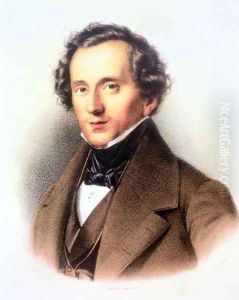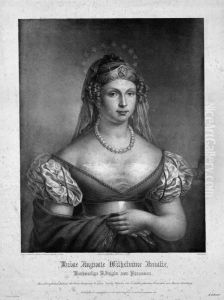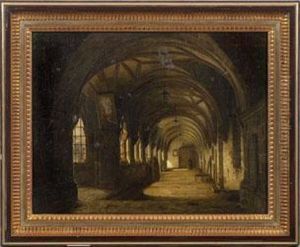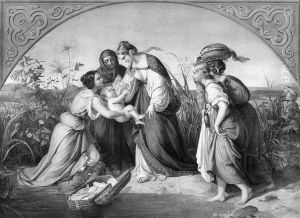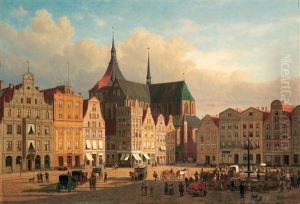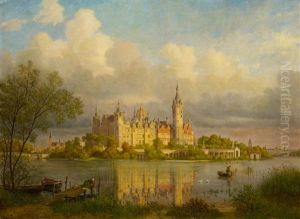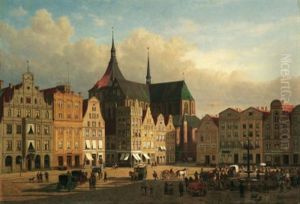Friedrich Jentzen Paintings
Friedrich Jentzen was a German engraver and illustrator, born in 1815 in Berlin, Germany. He was part of the 19th-century art scene, which was characterized by a wide range of artistic styles and movements. Jentzen's work primarily focused on the art of engraving, a printmaking process where an artist etches a design onto a hard surface, such as a metal plate, which is then used to create prints.
During his lifetime, Friedrich Jentzen was known for his skillful engravings that captured the details and subtleties of paintings and other artworks. He was particularly adept at translating the works of famous painters into engravings, which allowed for the wider distribution and appreciation of these works during a time when access to original artworks was limited to the wealthy or those who could visit art galleries and museums.
Jentzen lived through a period of significant political and cultural changes in Germany, including the revolutions of 1848 and the subsequent unification of Germany in 1871. These events, along with the rapid industrialization and the rise of the bourgeoisie, influenced the art world and the demand for art reproductions. Engravers like Jentzen played a crucial role in disseminating art to a broader audience, and his engravings would have been an important means for people to engage with art and culture.
The exact details of Jentzen's life and career, including his education and the broader reception of his work, are not widely documented. However, it is clear that he contributed to the printmaking tradition in Germany, which has a rich history dating back to the Renaissance with artists like Albrecht Dürer. Jentzen's engravings would have required meticulous attention to detail and a deep understanding of the original works' composition, lighting, and shading.
Friedrich Jentzen passed away in 1901, leaving behind a legacy as a skilled engraver who helped to bridge the gap between original artworks and the public. Although he may not be as well-known as some of his contemporaries, his work remains a testament to the craft of engraving and the role of printmakers in the 19th-century art world.
